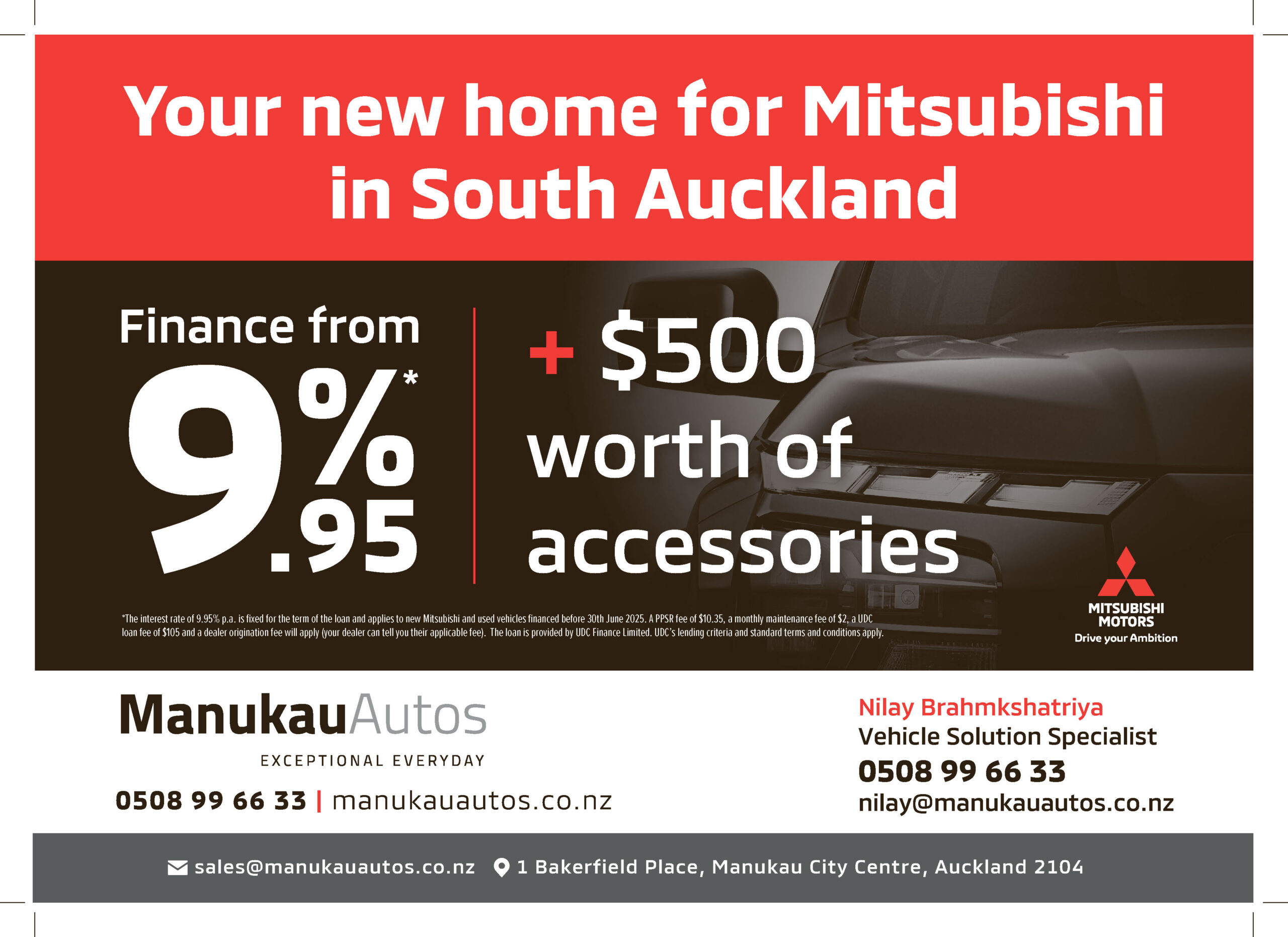Over the years, leasing of assets have taken on many different names and forms – hire purchase agreements, lease to buy, operating lease, finance lease, multi-lease to name a few. Most times, the variations are used in relation to motor vehicles more than other assets.
Financing Options
Broadly speaking, there are three financing options when an asset is acquired in the course of a business:
1. Buying – purchase the asset outright from either cash available or by borrowing purchase funds from your bank;
2. Renting – the lessee agrees to pay regular (usually monthly) payments to the lessor for the use of the asset over the term of the lease. It is often referred to as an “operating lease” in the context of motor vehicles; and
3. Financing – this option is by far the most common one since the purchase price of the asset is paid over the term of the lease while the asset is being used. Financing is usually provided by the lessor or a finance company simultaneous with the lease agreement.
The decision to buy, rent or lease equipment for your business depends upon the nature of your particular business, but there are nevertheless a few guidelines you can follow to help you decide what you should do.
Tax Treatment
For tax purposes, substance overrides form so regardless of what the lease is called, the tax treatment of any lease agreement depends on the terms of the agreement entered into between the lessee and the lessor. These leases fall into two broad categories – operating leases and finance leases.
The following sets out the tax treatment of the three common types of leases available for any type of assets:
Finance Lease
Simply put, a finance lease is one way of providing finance on an asset that you intend to own at the end of the lease period. The lessor (owner) buys the asset for the lessee (hirer) and leases it to the lessee for an agreed lease period.
This means that, during the life of the lease, the lessee can use and account for the asset as if it was their own property. The ultimate responsibilities of ownership may rest with the lessee.
• GST is not recoverable “up front” but can be claimed on the monthly payment (net of interest).
• Only the interest content of the monthly instalments is claimed as a business expense.
• Depreciation can be claimed on the cost of the asset.
Operating Lease
As opposed to a finance lease, a vehicle under an operating lease is always intended to be returned to the lessor at the end of the lease period.
The customer still gets the use of the asset over the agreed contract period in return for rental payments, but these payments do not cover the full capital cost of the asset and the customer is not entitled to retain the asset at the end of the lease period.
• GST is claimed on the monthly instalments.
• The full monthly rental (net of GST) is treated as an expense.
• No depreciation can be claimed on the asset.
• Legal ownership remains with the finance company at all times to the end of the lease term.
Lease to Buy
• GST can be claimed on the purchase price of the asset in the GST period in which the lease agreement begins.
• Only the interest content of the monthly instalments is claimed as a business expense.
• Depreciation is claimed on the cost of the asset.
Summary
Before you make any final decision about buying or leasing equipment, you should talk to a qualified accountant (and/or tax adviser) about the particular circumstances of your business. In addition, tax laws (such as those relating to the leasing to own option) can change. Advice from your accountant will help you make the best decision for your business.
-Eshan Gupta



